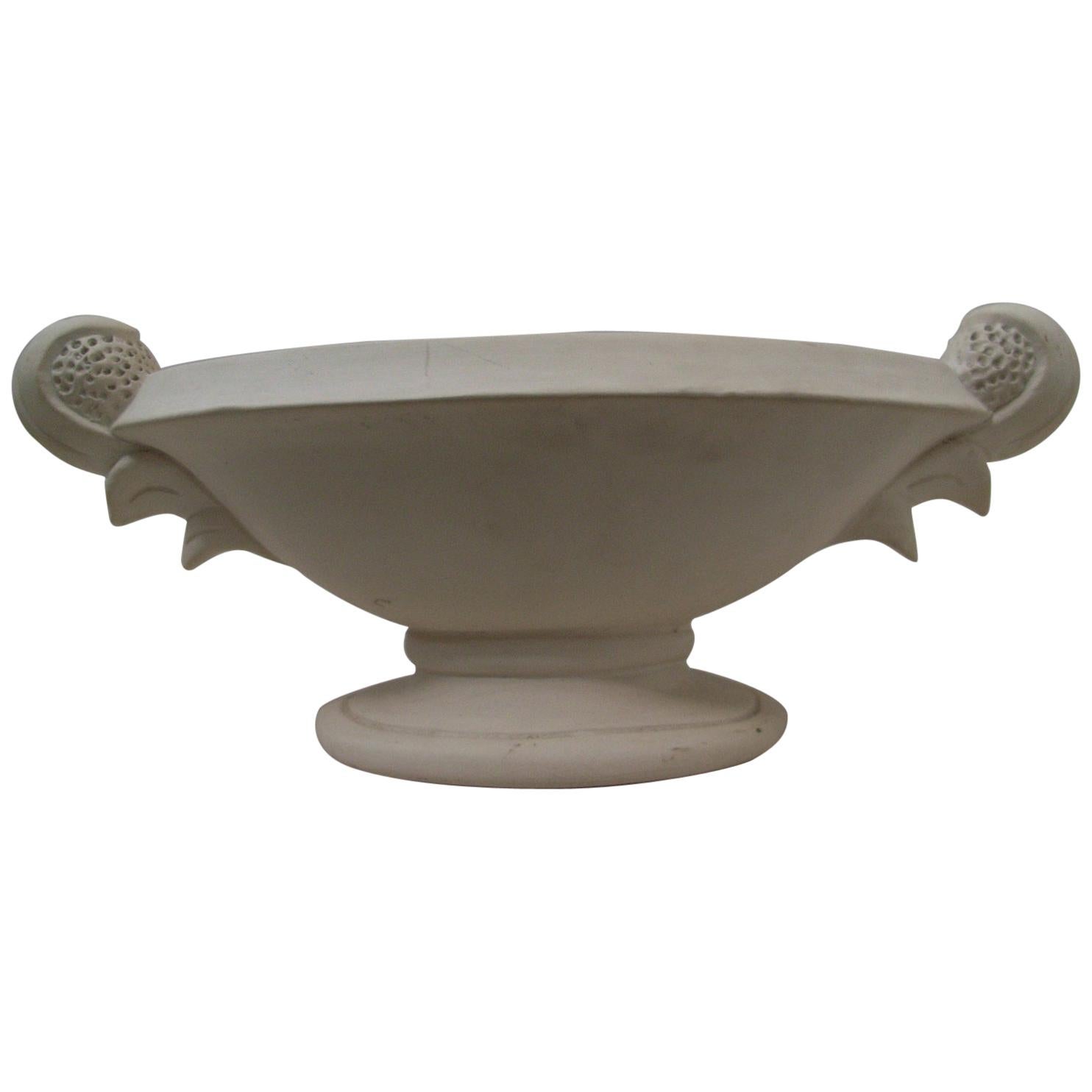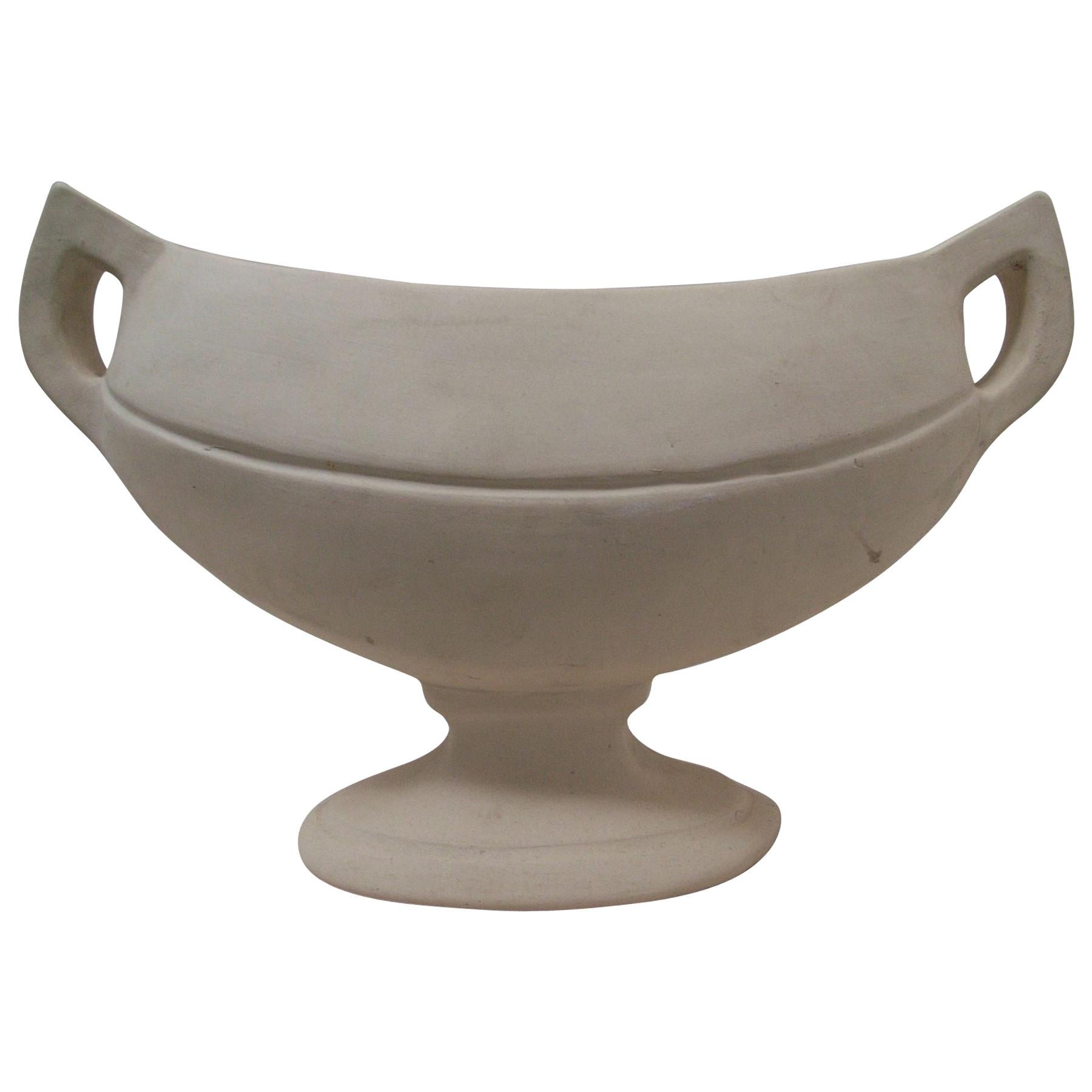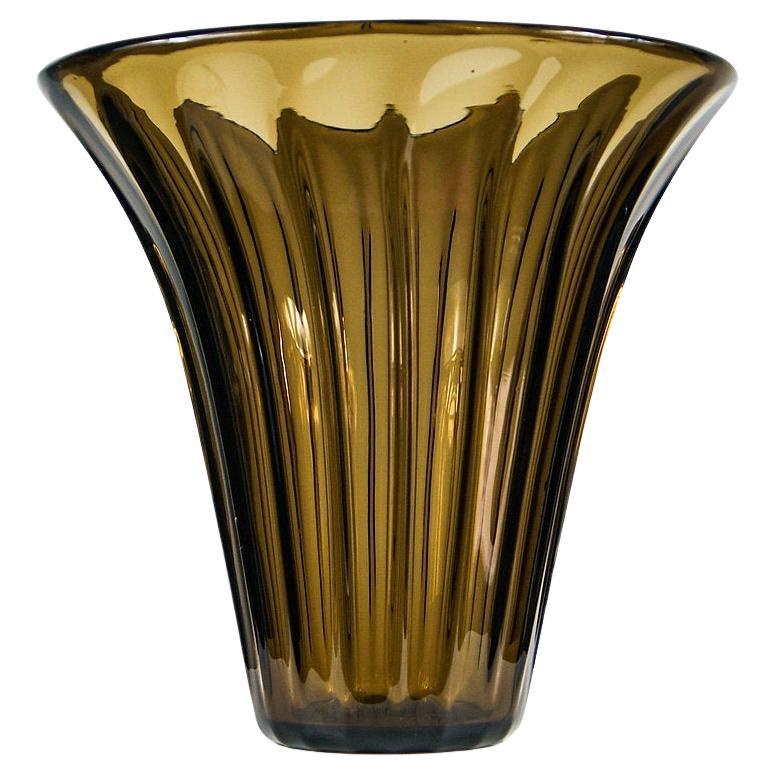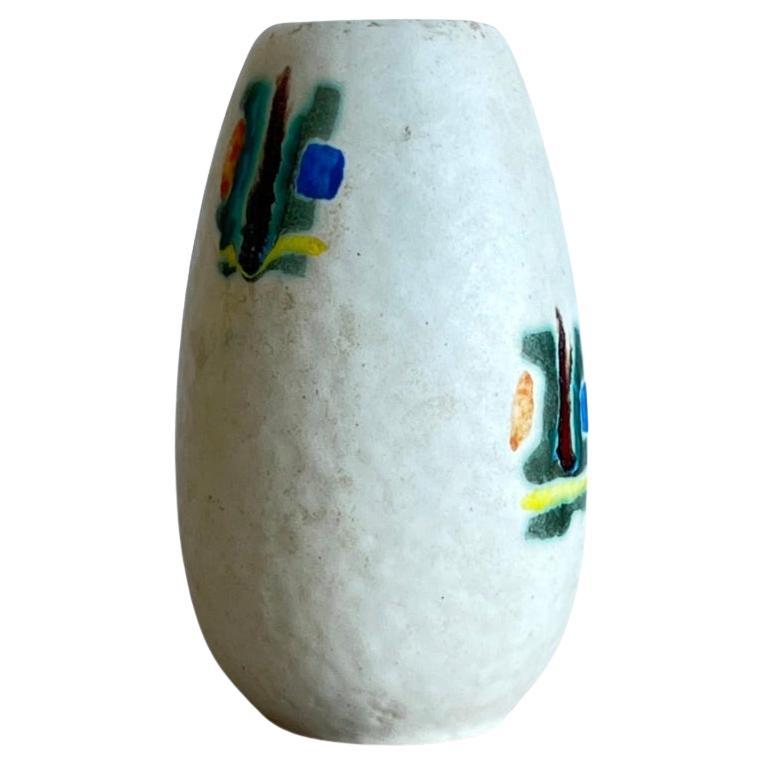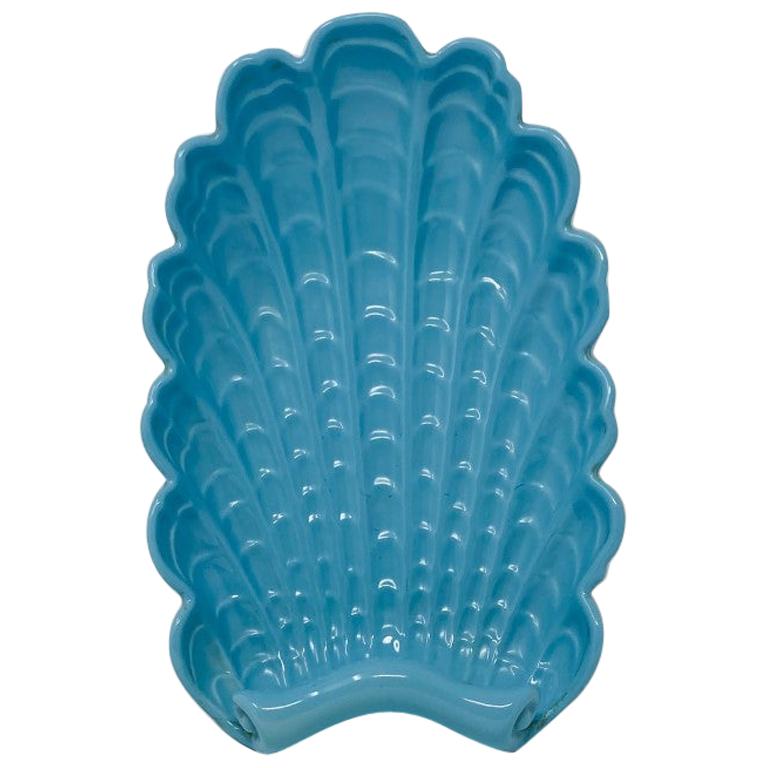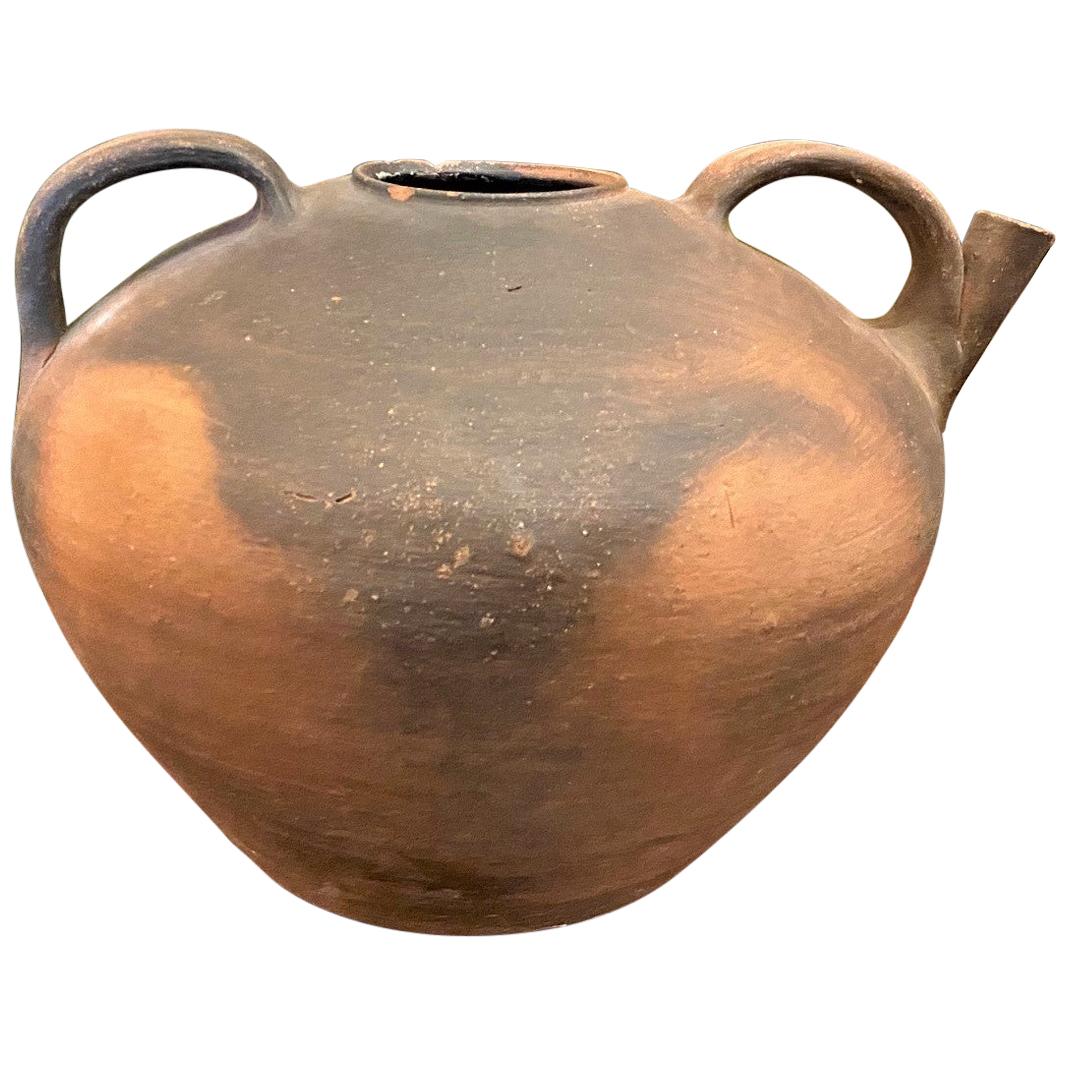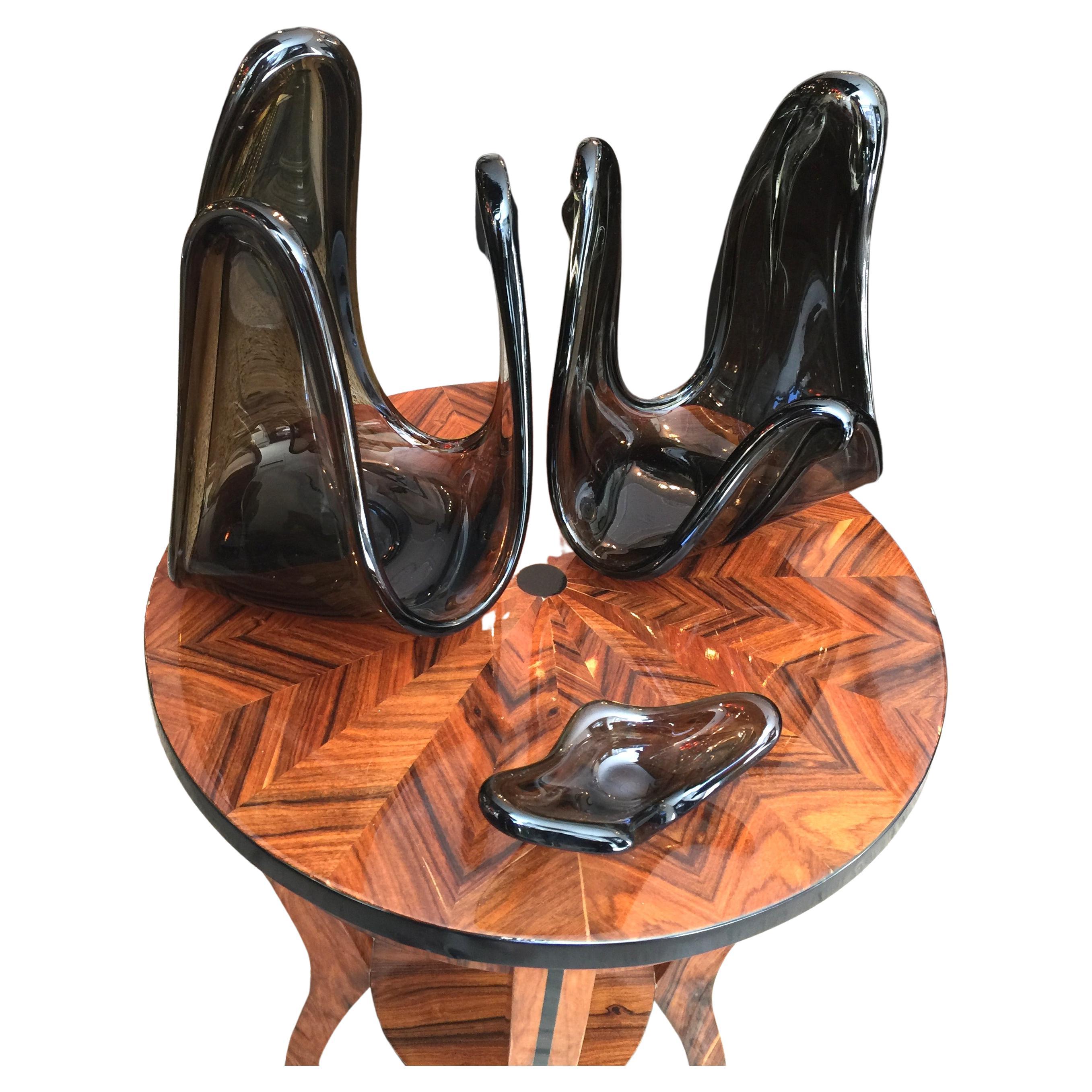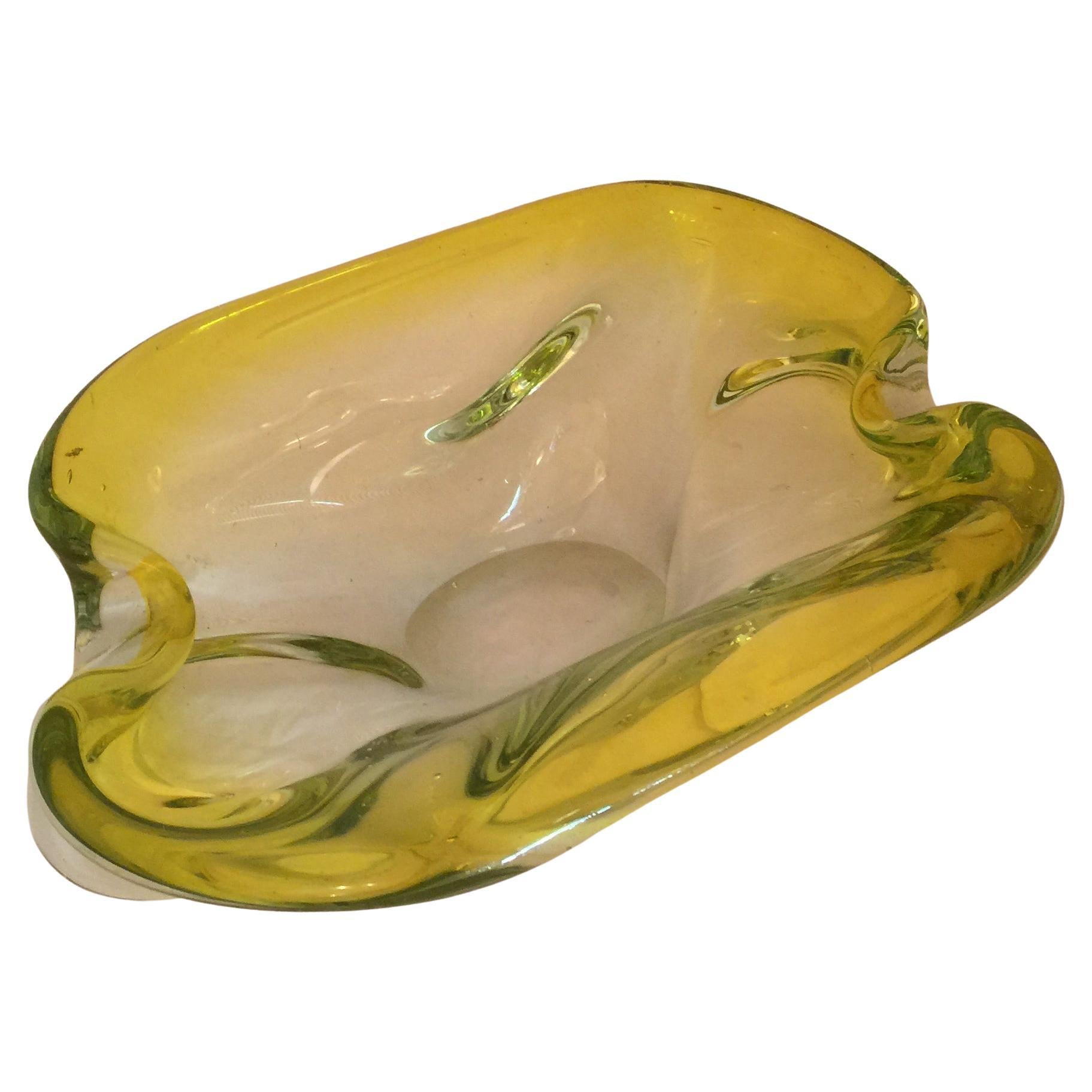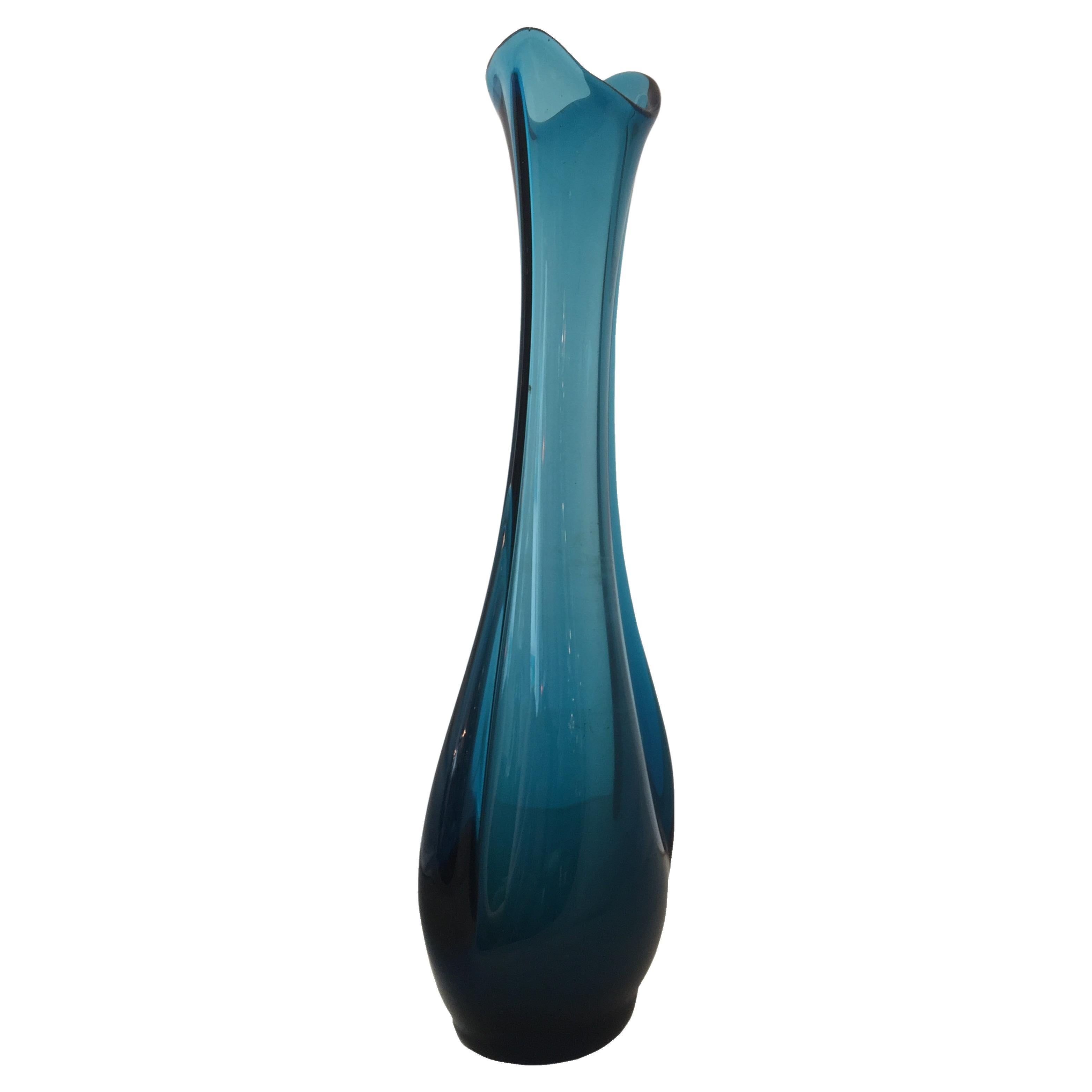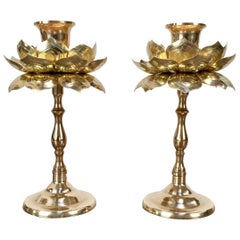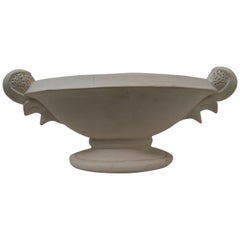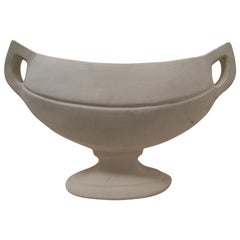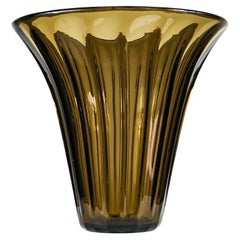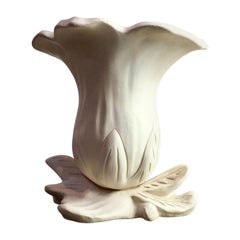
Rare Unglazed Vase Fulham Pottery by Constance Spry London, 1930s
View Similar Items
Want more images or videos?
Request additional images or videos from the seller
1 of 20
Rare Unglazed Vase Fulham Pottery by Constance Spry London, 1930s
About the Item
- Creator:Fulham Pottery (Maker),Constance Spry (Designer)
- Dimensions:Height: 10.63 in (27 cm)Diameter: 10.44 in (26.5 cm)
- Style:Art Deco (Of the Period)
- Materials and Techniques:
- Place of Origin:
- Period:
- Date of Manufacture:1930
- Condition:Wear consistent with age and use. Minor losses. A chip of about 2 cm lenth, 1.5 cm width and 3 mm depth to the foot. See images. Interior stained, obvious craqueleur to interior glaze. Marks to exterior, washed only in soapy water, not wishing to restore further. May come out with expert care.
- Seller Location:Melbourne, AU
- Reference Number:1stDibs: LU2656318010352

About the Seller
5.0
Vetted Seller
These experienced sellers undergo a comprehensive evaluation by our team of in-house experts.
Established in 2013
1stDibs seller since 2017
138 sales on 1stDibs
Typical response time: 1 hour
More From This SellerView All
- British Studio Pottery Carafe by Joe Finch, Mid-Late 1980sBy Leach PotteryLocated in Melbourne, AUAn earthenware carafe by Joe Finch, respected British studio potter. Joe is the son of Ray Finch of Winchcombe Pottery, where he began his career in...Category
Vintage 1980s British Organic Modern Bottles
MaterialsEarthenware
$600 Sale Price20% Off - Pair of Tall Brass Lotus Flower Candleholders by Feldman, 1960sBy Feldman Lighting Co.Located in Melbourne, AUA pair of stemmed candleholders by Feldman. A compact size, at 3.5 inches diameter and 6.3 inches high. See images, comparing them to a standard sized champagne bottle. As a table...Category
Vintage 1960s Hong Kong Mid-Century Modern Candlesticks
MaterialsBrass
$792 Sale Price / set20% Off - Antique Art Nouveau Torhout Flemish Belgian Earthenware PotteryLocated in Melbourne, AUAn Art Nouveau Flemish earthenware vase from Torhout, dating to the early 1900s. The simple, attractive shape and incised design are typical of the...Category
Antique 1890s Belgian Art Nouveau Vases
MaterialsEarthenware
- Huge Japanese Ikebana Slab Vase 1980sLocated in Melbourne, AUIf you're looking for Ikebana pottery on a grand scale, this is your vase. A traditional slab construction but with a 1980s twist, this magnificent ter...Category
Vintage 1980s Japanese Brutalist Vases
MaterialsEarthenware
$1,280 Sale Price40% Off - Doug Lawrie Vase Signed and Numbered 1970sLocated in Melbourne, AUThis lovely double faced vase comes from a series by Doug Lawrie. It bears his chop to the side of the base and a paper label, signed and numbered, DL 86. ...Category
Vintage 1970s American Organic Modern Vases
MaterialsEarthenware
- Pair Rare John Campbell Terracotta Chinoiserie Planters or Umbrella StandsLocated in Melbourne, AUAn exceptionally rare pair of John Campbell planter pots. The design is attributed to John Cambell's son, Rupert John Campbell. John Campbell produced decorative pots at his brick works and pottery in Launceston, Tasmania from 1880 until 1975. Rupert John inherited his father's works and was a skilled artisan and potter. He developed presses for decorative pottery. This beautiful pair of jardinières likely date to the early 1900s. They were passed down through three generations. The original owner gave them to her son. In the 1980s the (then elderly) son gifted them to a friend (the last owner before this sale). At the time they received them they were made aware of their age and rarity. Now, another forty years later, they are potentially the only pair in existence. Only one similar John Campbell un-glazed terracotta 'umbrella stand' can be found on record. It was sold in 2008 in Tasmania, at a 'Fine Colonial Decorative Arts' auction run by Mossgreen Auctions, a reputable auction house, though since closed. I can find no other reference to this model, except an acknowledgement of the existence of an un-glazed terracotta umbrella stand, in the definitive record of Campbell's work by Kevin Power, 'John Campbell Pottery: Recollections and Collections' published 2014. These are of the same design and size but were manufactured with drainage holes in the base. They were clearly decorated using a press but the clay slabs were pushed into the press by hand. The interior of each pot shows the marks of hammers used to force the clay into the face of the press pattern. They have a hand-crafted appearance, with hand finished mould lines to each side and there are pressing faults apparent in various areas of the pattern. Tasmania was notably independent in production of most household goods, due to the isolation of the colony right up until the turn of the 19th century. Being at the farthest reaches of the British Empire, settled as a penal colony, with a relatively low consumer population, it was not a market for the high-volume import of domestic goods. As a consequence, household wares and decorative pieces produced in Tasmania through the 19th century represent a wholly independent category of Australian colonial design, production and craft. These pots are highly collectable and scarce artifacts of one of Tasmania’s earliest industries. In aesthetic terms, many Tasmanian artifacts are notable for following British, Georgian and Victorian fashions but with a colonial character of their own devising. Local characteristics became a stronger feature of Tasmanian decoration over time. Note the classical Georgian/Victorian chinoiserie motif of a bird foraging among rushes. In this case, the local interpretation depicts a Brolga (the largest Australian wetland bird) foraging amongst native Australian reeds and water lilies. Another of the things that sets early Tasmanian artifacts apart is the way in which necessity forced artistic production in pottery to be less refined than that of their British counterparts. A broad range of products had to be produced to meet local requirements, often by a single producer. John Campbell’s pottery is a great example of this practical necessity. It produced everything from industrial drainage pipes and bricks to household pottery and decorative items, all from a relatively small family run factory. Their domestic wares were so well trusted and appreciated that they by the 1940s they made their way all over the mainland of Australia. Under these circumstances, the refinement of decorative technique was not as great a priority as utility, consistent quality of production and durability. As a consequence, Australian colonial works and their early 20th century descendants such as these pots, are hugely appealing. They have an idiosyncratic and vernacular appearance, with British and European stylistic trends of their day overlaying a base of inventiveness, local interpretation and sturdy functionality. We hope you can appreciate the rarity and significance of this well-preserved pair of planter...Category
Vintage 1930s Australian Chinoiserie Planters, Cachepots and Jardinières
MaterialsTerracotta
You May Also LikeView All
- Art Deco Rare Unglazed Vase by the Fulham Pottery Company, England.By Fulham PotteryLocated in London, GBRare unglazed ceramic flower vase produced by the Fulham Pottery Company for the Society Florist Constance Fry. Probably her most famous commission of all was arranging the flowers in Westminster Abbey for the 1953 coronation...Category
Vintage 1940s British Art Deco Ceramics
MaterialsCeramic
- Art DecoRare Unglazed Flower Vase by the Fulham Pottery Company, EnglandBy Fulham PotteryLocated in London, GBRare unglazed pottery flower vase model 'Napoleon's Hat' produced by the Fulham Pottery company for the society Florist Constance Spry.Category
Vintage 1940s British Art Deco Ceramics
MaterialsCeramic
$7,154 Sale Price37% Off - Daum Nancy France 1930s Amber Glass Crystal Vase 4.25kgBy DaumLocated in Torquay, GBArt Deco Amber glass crystal vase by Daum Nancy France. Spectacular thick walled amber glass vase. Large sized, ideal for flowers or as a decorative...Category
Vintage 1930s French Art Deco Vases
MaterialsGlass
- West German Pottery VaseBy West German PotteryLocated in Byron Bay, NSWWest German 1960s Glazed red and white ceramic vase. Abstract art in green yellow blue red.Category
Vintage 1960s German Mid-Century Modern Vases
MaterialsCeramic
- Art Deco 1930s Abingdon Ceramic Shell Tray Pastel BlueBy Russel WrightLocated in San Diego, CABeautiful and unique antique pastel blue colored decorative tray/dish. The art deco shell-like pattern makes this piece a centerpiece in itself. Great condition. Great addition to yo...Category
Vintage 1930s American Art Deco Planters, Cachepots and Jardinières
MaterialsCeramic
$132 Sale Price20% Off - Antiques Water Holder Pottery Handmade Pitcher Vase Centerpiece Los Angeles CALocated in West Hollywood, CA19th C. Water Holder Jug pottery hand made Pitcher Vase antiques Los Angeles CA . Basque Gourd handmade water pitcher. Unlike the Talavera pottery and the Spanish Talavera de la Reina and the Majolica ( faience ) or tin-glazed earthenware ceramic , the Art Pottery handmade and hand crafted such as this piece was common to hold the water and keep it fresh and cold in the shade on a hot summer day . They were not painted to allow perspiration but sometimes they had a simple design pattern in blue green gray and milky white with traces of orange peel color. This decorative item will decorate A console or as a bibelot in a library , on a side table in a living room , even as a decorative object on a kitchen counter as a fruit bowl or a vase for sunflowers , in a rustic farm or traditional setting. Antiques Dealer Los Angeles CA West Hollywood La Cienega Melrose Ave Beverly Hills . Pottery to hold water and oil been used since the Roman times. Also called " búcaro " bucaro or botijo . the nice handmade pieces by the artisans perfect addition of history and tradition and the magic of the old world charm Provençal provincial home and in a Spanish decor...Category
Antique 19th Century French Centerpieces
MaterialsTerracotta, Pottery
Recently Viewed
View AllMore Ways To Browse
Fulham Pottery Vase
Constance Spry
Constance Spry Vase
Vintage Constance Spry Vase
Art Deco Glass Lalique
Sottsass Ettore
Lalique Art Deco Glasses
Ceramic Stand
Purple Retro Glass
Art Decor Bedroom
Antique Bathroom Design
Antique Bathroom Designs
Antique Bathrooms Designs
Liquid Furniture
Vessel Clay Vase
Bedroom Built In
Antique Small Vases
Antique Small Vase
